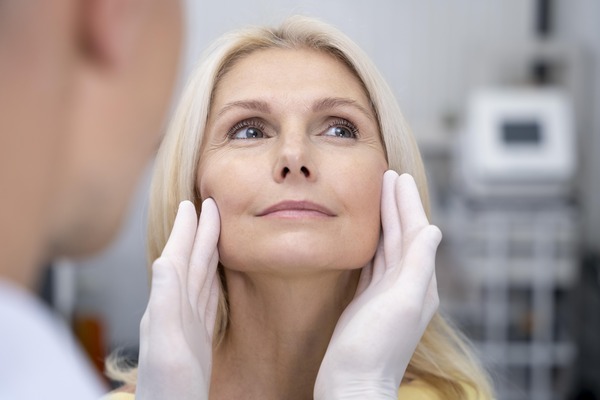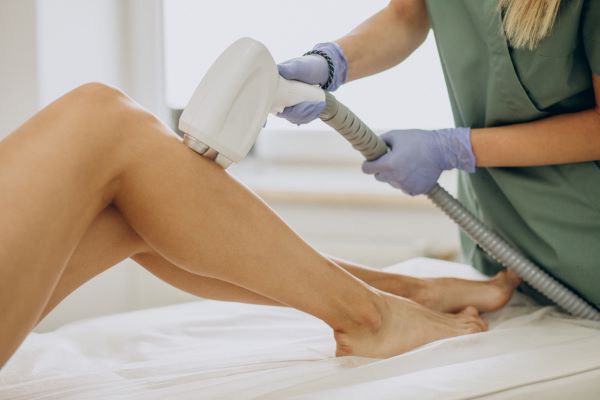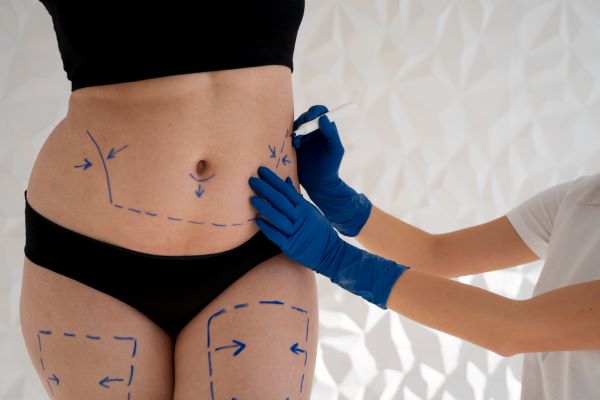
Grades Of Gynecomastia: A Simple Guide To Diagnosis & Treatment
Dealing with gynecomastia can be tough, but understanding it doesn’t have to be. If you've noticed changes in your chest area, you might be wondering how serious it is or what can be done about it. Gynecomastia comes in different forms, and the severity can vary from person to person. In fact, grades of gynecomastia are a key factor in deciding the best course of treatment.
Whether you're facing a slight puffiness or more noticeable changes, knowing where you stand can give you clarity and help you make the right decisions. In this article, we’ll walk you through the different grades of gynecomastia, how they affect treatment, and what you can expect as you move forward.
What Are The Grades Of Gynecomastia?
The severity of gynecomastia is divided into grades, which are based on how enlarged the breast area is and whether extra skin is present. There are four common grades used by doctors to assess the condition:
Grade 1: Mild Gynecomastia
Grade 1 represents the earliest stage of gynecomastia. In this stage, the enlargement of the breast tissue is minimal, and there is no excess skin. It is often barely noticeable but can cause discomfort or self-consciousness for those affected.
- Appearance: Slightly enlarged breast tissue, no visible sagging or skin folds.
- Treatment Options: Lifestyle changes, medications, or monitoring over time. Surgery is generally not recommended at this stage.
Grade 2A: Moderate Gynecomastia (No Excess Skin)
In Grade 2A, the breast tissue is more enlarged than Grade 1, but there is still no sagging of the skin. This grade often causes visible puffiness or firmness in the breast area.
- Appearance: Enlarged breast tissue with no excess skin sagging.
- Treatment Options: If discomfort or self-esteem issues are present, surgery or liposuction may be considered.
Grade 2B: Moderate Gynecomastia With Excess Skin
Grade 2B presents moderate enlargement of the breast tissue along with some excess skin. The appearance may be more noticeable, especially if there's a slight sag in the chest area. This stage is often associated with weight changes, as the skin may stretch.
- Appearance: Enlarged breast tissue with some sagging skin.
- Treatment Options: Liposuction or a combination of liposuction and excision may be recommended to remove the extra tissue and skin.
Grade 3: Severe Gynecomastia
Grade 3 is the most severe form of gynecomastia. In this stage, there is significant breast enlargement along with considerable sagging of the skin, making the chest look like that of a female breast.
- Appearance: Large breasts with excess skin, resembling female breasts.
- Treatment Options: Surgery is usually required to correct the condition, including tissue excision and possibly a skin-tightening procedure.
Why Knowing Your Grade Matters
Understanding the grade of gynecomastia is essential for selecting the right treatment. If you're unsure of your grade or how to proceed, it's best to consult with a specialist. The right treatment can significantly improve your quality of life, physical appearance, and emotional well-being.
How Each Grade Affects Treatment Options
The grade of gynecomastia plays a significant role in determining the best course of action for treatment. Understanding how each grade affects the options available can help you make more informed decisions about your health and care.
- When Lifestyle Changes Might Help: For mild cases of gynecomastia (Grade 1), lifestyle changes like weight management or avoiding certain medications may be enough to manage the condition. In some instances, these changes can help reduce or even eliminate the excess breast tissue.
- When Surgery is Recommended: If gynecomastia becomes more severe (Grade 2B or Grade 3), lifestyle changes may not be effective, and surgery becomes a more suitable option. Surgery is recommended when the condition doesn’t improve with other treatments, or when it significantly impacts your confidence or quality of life.
- Expected Recovery and Scarring by Grade: Recovery times and the extent of scarring vary depending on the grade of gynecomastia. Mild cases typically require little to no surgery and therefore minimal recovery time. However, for more severe grades requiring surgical intervention, you should expect some downtime and the possibility of scars, though modern techniques aim to minimize visible scarring. Your surgeon will walk you through what to expect during recovery to ensure you’re prepared for the process.
Rediscover Confidence With Kaayakalp
Living with gynecomastia can take a toll on your confidence, self-image, and even your daily life. Whether it's avoiding fitted clothes or feeling uncomfortable at social gatherings, the emotional weight of this condition is real. But the good news is - you're not alone, and effective treatment is available.
At Kaayakalp, we understand how deeply gynecomastia can affect your lifestyle and self-esteem. If you're searching for the best cosmetic surgeon in Kolkata or wondering about the gynecomastia surgery cost in Kolkata, Kaayakalp provides transparent pricing, modern surgical techniques, and compassionate care - all under one roof.
Read More: Know Before You Undergo Gynecomastia Cosmetic Surgery







